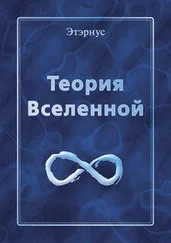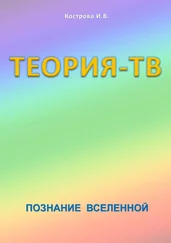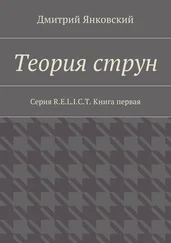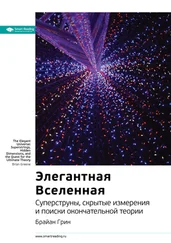Cumrun Vafa (Harvard University), interview with author, January 19,2007.
John Schwarz (California Institute of Technology), interview with author, August 13, 2008.
Michael Green (University of Cambridge), e-mail letter to author, August 15, 2008.
John Schwarz, interview with author, August 13, 2008.
Andrew Strominger (Harvard University), interview with author, February 7, 2007.
Andrew Strominger, interview with author, November 1, 2007.
Raman Sundrum (Johns Hopkins University), interview with author, January 25,2007.
Andrew Strominger, interview with author, February 7, 2007.
Dennis Overbye, “One Cosmic Question, Too Many Answers,” New York Times , September 2, 2003.
Juan Maldacena (Princeton University), interview with author, September 9, 2007.
Dan Freed (University of Texas), interview with author, June 24, 2008.
Tristan Hubsch (Howard University), interview with author, August 30, 2008.
Gary Horowitz (University of California, Santa Barbara), interview with author, February 15, 2007.
Eugenio Calabi (University of Pennsylvania), interview with author, October 18, 2007.
Woody Allen, “Strung Out,” New Yorker , July 28, 2003.
Liam McAllister (Cornell University), e-mail letter to author, April 24, 2009.
Allan Adams (MIT), interview with author, August 10, 2007.
Joe Polchinski (University of California, Santa Barbara), interview with author, January 29, 2007.
Brian Greene, The Fabric of the Cosmos (New York: Alfred A. Knopf, 2004), p. 372.
P. Candelas, G. Horowitz, A. Strominger, and E. Witten, “Vacuum Configurations for Superstrings,” Nuclear Physics В 258 (1985): 46–74.
Edward Witten (IAS), e-mail letter to author, July 24, 2008.
Volker Braun, Philip Candelas, and Rhys Davies, “A Three-Generation Calabi-Yau Manifold with Small Hodge Numbers,” October 28, 2009, http://arxiv.org/PS_cache/arxiv/pdf/0910/0910.5464vl.pdf.
Dennis Overbye, “One Cosmic Question, Too Many Answers,” New York Times, September 2, 2003.
Dale Glabach and Juan Maldacena, “Who’s Counting?” Astronomy, May 2006, p. 72.
Andrew Strominger, “String Theory, Black Holes, and the Fundamental Laws of Nature,” lecture, Harvard University, Cambridge, Mass., April 4, 2007.
Edward Witten (IAS), e-mail letter to author, July 21, 2008.
Petr Horava (University of California, Berkeley), interview with author, July 6, 2007.
Ibid.
Аллюзия на цитату из поэмы Томаса Стернза Элиота «Полые люди»: «Не взрыв, но всхлип». — Примеч. перев.
Ronen Plesser (Duke University), interview with author, September 3, 2008.
Ibid.
Marcus Grisaru (McGill University), interview with author, August 18, 2008.
Plesser, interview with author, September 3, 2008.
Shamit Kachru (Stanford University), interview with author, August 19, 2008.
Ashoke Sen (Harish-Chandra Research Institute), interview with author, August 22, 2008.
Jacques Distler and Brian Greene, “Some Exact Results on the Superpotential from Calabi-Yau Compactifications,” Nuclear Physics В 309 (1988): 295–316.
Doron Gepner, “Yukawa Couplings for Calabi-Yau String Compactification,” Nuclear Physics В 311 (1988): 191–204.
Kachru, interview with author, August 19, 2008.
Paul Aspinwall (Duke University), interview with author, August 14, 2008.
Wolfgang Lerche, Cumrun Vafa, and Nicholas Warner, “Chiral Rings in N= 2 Superconformal Theories,” Nuclear Physics В 324 (1989): 427–474.
В. R. Greene, C. Vafa, N. P. Warner, “Calabi-Yau Manifolds and Renormalization Group Flows,” Nuclear Physics В 324 (1989): 371–390.
Brian Greene (Columbia University), interview with author, March 11,2010.
Ibid.
Doron Gepner, interview with author, August 19, 2008.
B. R. Greene and M. R. Plesser, “Duality in Calabi-Yau Moduli Space,” Nuclear Physics В 338 (1990): 15–37.
Brian Greene, The Elegant Universe (New York: Vintage Books, 2000), p. 258.
Plesser, interview with author, September 19, 2008.
Greene, interview with author, March 11, 2010.
Greene, T he Elegant Universe , p. 259.
Cumrun Vafa (Harvard University), interview with author, September 19, 2008.
Greene, interview with author, March 13, 2010.
Mark Gross (UCSD), interview with author, October 31, 2008.
Andreas Gathmann (University of Kaiserslautern), interview with author, August 25, 2008.
David Hilbert, “Mathematical Problems,” lecture, International Congress of Mathematicians, Paris, 1900, http://alephO.clarku.edu/~djoyce/hilbert/problems.html(html version prepared by David Joyce, Mathematics Department, Clark University, Worcester, Mass.).
Andreas Gathmann, “Mirror Principle I,” Mathematical Reviews , MR1621573, 1999.
David Cox (Amherst College), interview with author, June 13, 2008.
Andrew Strominger (Harvard University), interview with author, February 7 , 2007.
Gross, interview with author, September 19, 2008.
Ibid.
Gross, interview with author, September 24, 2008.
Eric Zaslow (Northwestern University), interview with author, June 26, 2008.
Gross, interview with author, September 24, 2008.
Mark Gross, e-mail letter to author, September 29, 2008.
Strominger, interview with author, August 1, 2007.
Zaslow, interview with author, June 26, 2008.
Gross, interview with author, September 19, 2008.
Читать дальше
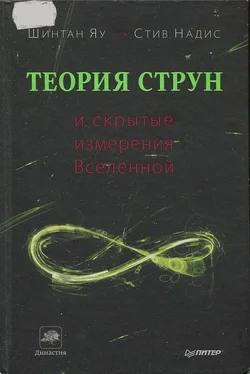


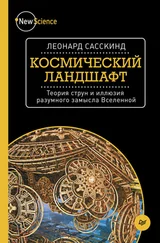
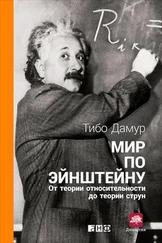

![Стивен Хокинг - Теория всего[Происхождение и судьба Вселенной]](/books/235925/stiven-hoking-teoriya-vsego-proishozhdenie-i-sudba-thumb.webp)
